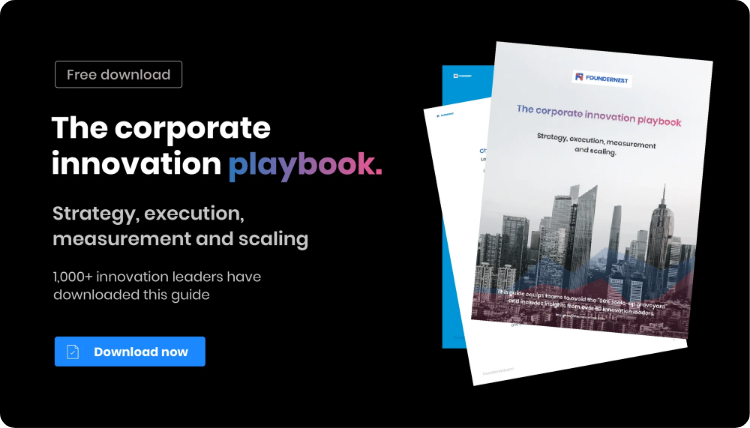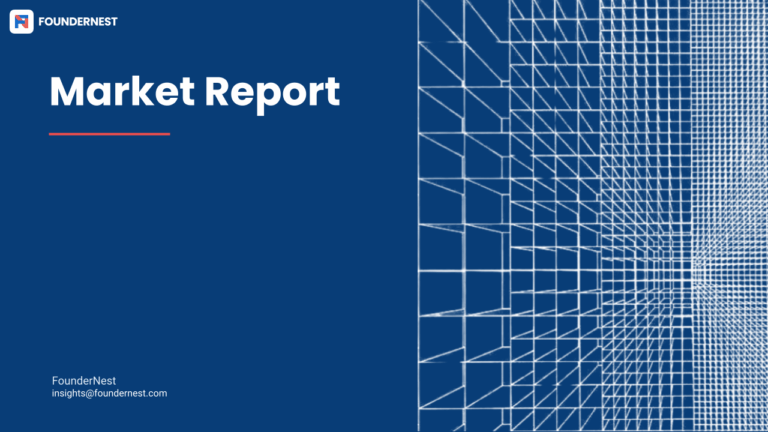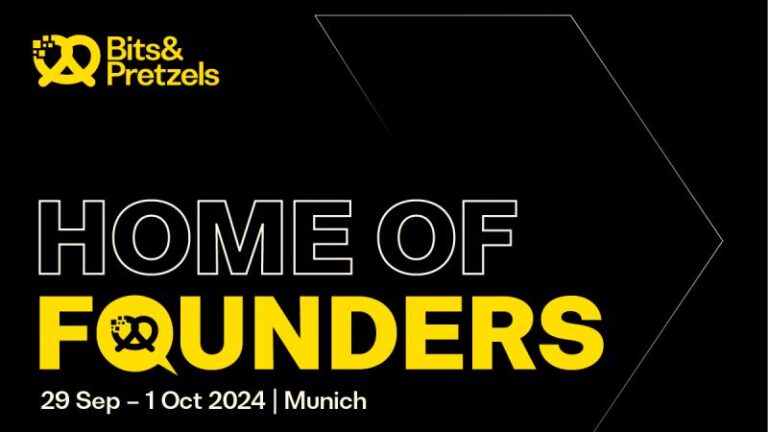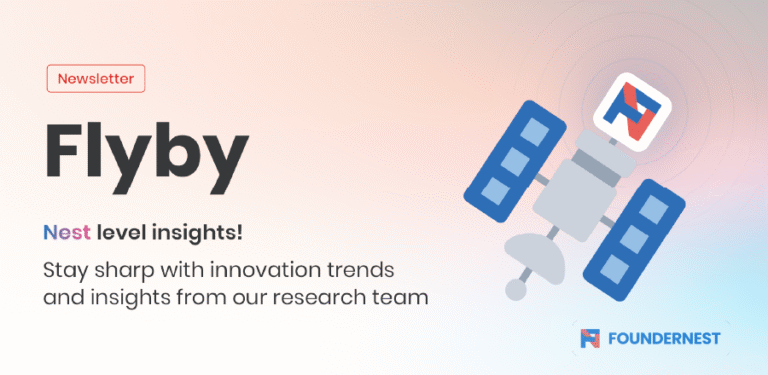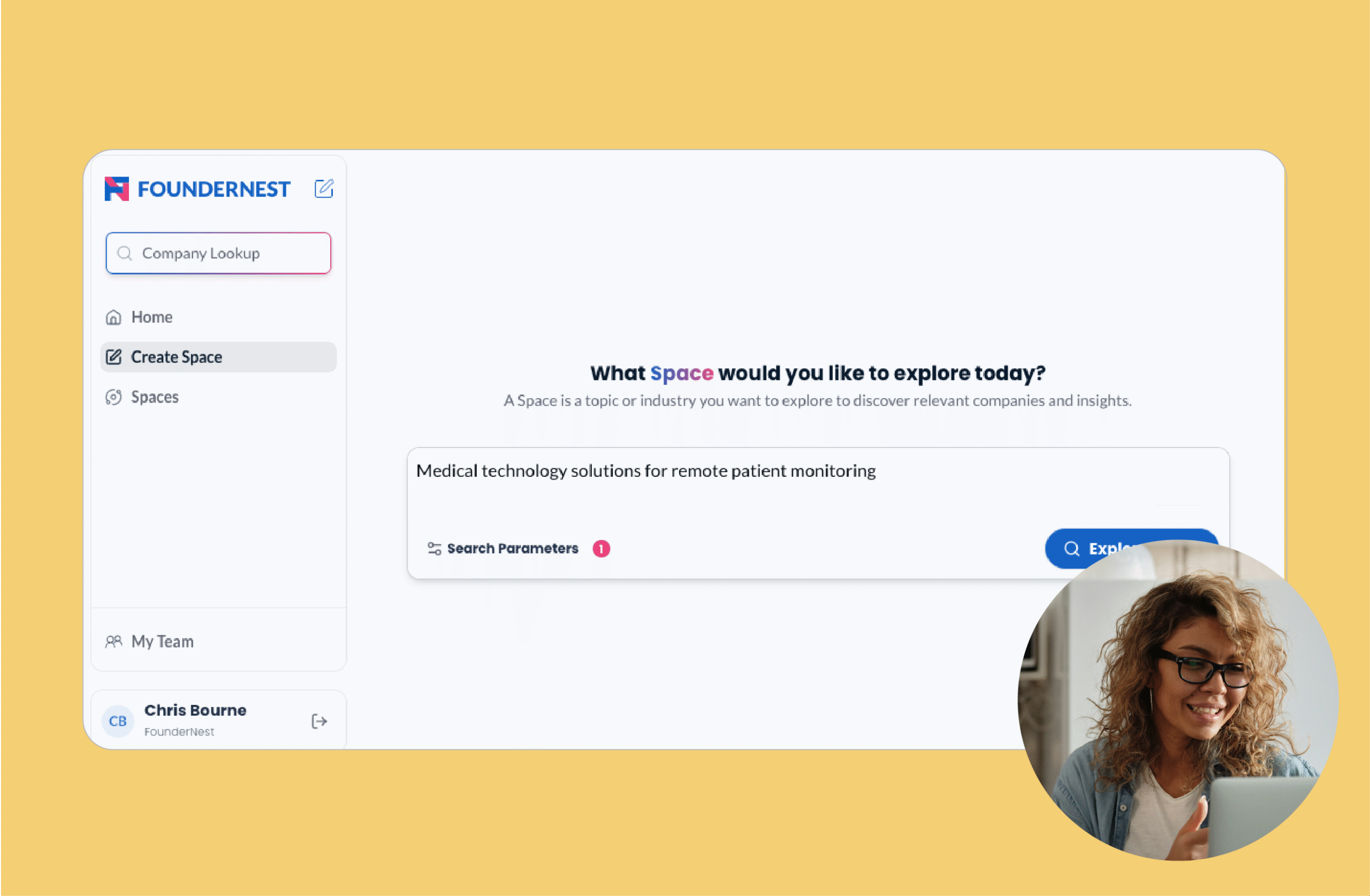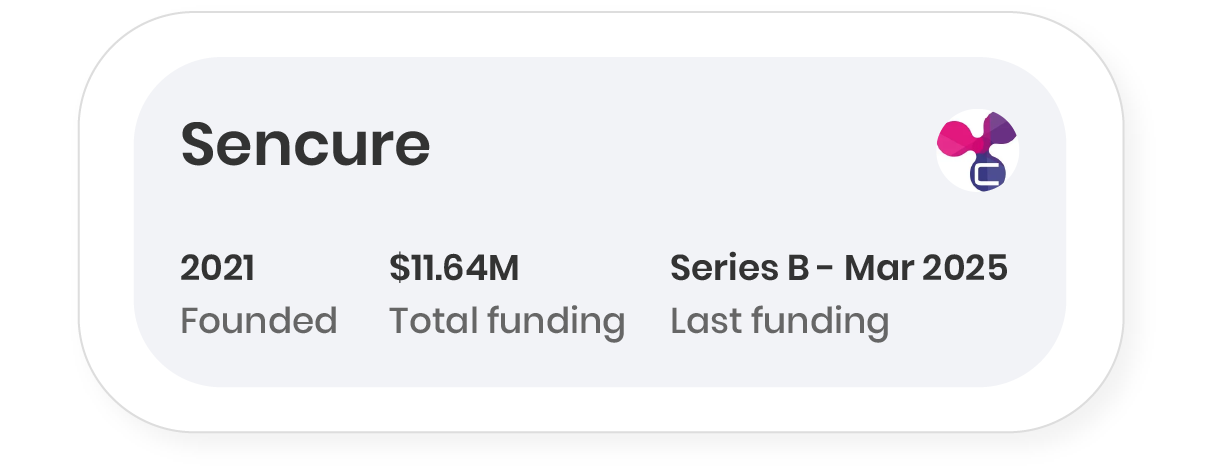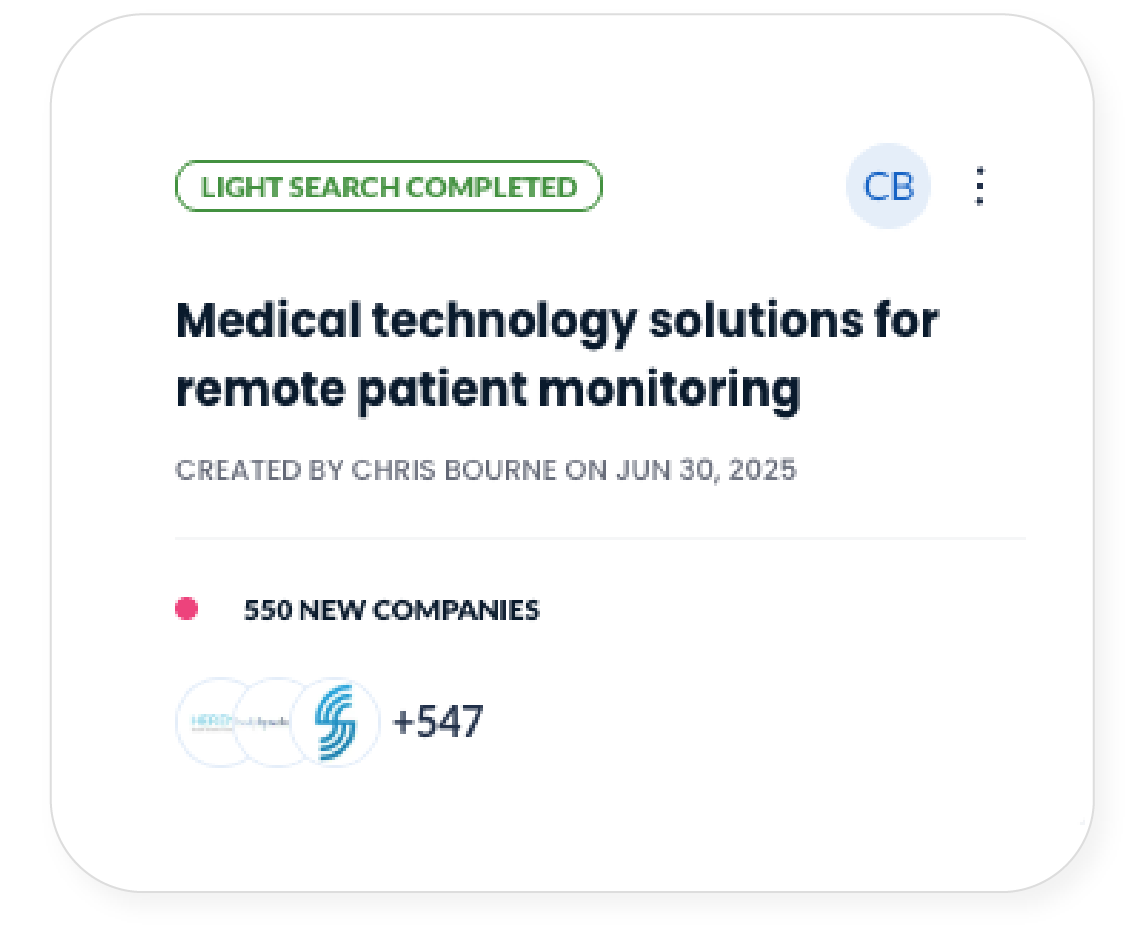Global enterprise innovation teams aren’t short on opportunities. They’re short on focus.
Every year brings a new wave of tools-idea platforms, trend radars, startup databases, AI copilots, portfolio trackers-all claiming to solve your biggest innovation challenges. And while each one looks compelling in isolation, the collective effect is overwhelming.
Finding impactful innovation ends up feeling like trying to find a needle in a haystack.
It’s no wonder that we’re suffering from a widespread crisis. An innovation fatigue crisis.
This is the new reality:
Enterprise teams face innovation fatigue not because they lack ideas, but because they’re drowning in choices, tools, and underperforming initiatives.
The good news?
With the right innovation strategy supported by well-chosen innovation management software and innovation scouting software, teams can cut through the noise, regain momentum, and deliver measurable business impact.
Why innovation fatigue is now a strategic threat
Today’s enterprises operate in a hyper-dynamic environment: faster technology cycles, disruptive competitors, new regulatory pressures, and stakeholder expectations that innovation should deliver both efficiency and growth.
Ironically, this pressure has led to an explosion of innovation activity:
- More innovation challenges
- More pilots
- More scouting requests
- More platforms
- More dashboards
- More expectations
But more activity rarely matches more outcomes.
The three most common sources of innovation fatigue
1. Too many tools, not enough clarity
Companies buy innovation management software, trend platforms, and innovation scouting software hoping they’ll create structure.
Instead, they often create parallel workflows no one fully adopts.
This fuels:
- Duplication
- Misaligned workflows
- Conflicting priorities
- Endless evaluation cycles
2. “Initiative overload”
Hackathons. Sprints. POCs. Accelerators. Partnerships. Labs.
Teams jump from launch to launch without enough strategic filtering or follow-through.
3. Failed or forgotten pilots
Innovation leaders often say,
“It’s not that our pilots fail, they just fade.”
Why?
Because ownership isn’t defined. Learnings aren’t captured. And governance is unclear. The fatigue that follows is predictable: people stop believing their efforts will reach the market.
How the right software and strategy break the fatigue cycle
We have more innovation tools, data, startups, pressure… than ever before.
Yet many teams feel less effective.
This is exactly where the right innovation strategy, supported by unified innovation management software and structured innovation scouting software, can reset the entire system.
How? Here’s our thoughts.
Build a clear innovation strategy first
The biggest mistake teams make?
Selecting the software before defining the strategy.
A strong innovation strategy defines:
- What problem spaces the company cares about
- Where the business must differentiate
- Which areas require external scouting
- What innovation metrics matter
- What “success” looks like
- How decisions are made
- Which teams own which stages
Only then should you select innovation management software or innovation scouting software to support execution.
When your strategy is clear, your software becomes a force multiplier rather than another distraction.
Consolidate workflows with a single innovation management platform
Fragmentation kills momentum.
When scouting activities, internal ideas, stakeholder input, outreach notes, and pilot updates are spread across a patchwork of legacy systems, momentum naturally breaks down. Teams spend more time searching for information than acting on it. Critical insights get lost in handovers. Business units duplicate work without realizing it. And innovation leaders struggle to get a real sense of pipeline health or strategic alignment.
This fragmentation has a measurable impact.
McKinsey has reported that organizations with unified innovation systems and consistent processes are up to 3x more likely to outperform peers in new product and venture creation.
Modern innovation management software can replace that fragmented ecosystem with a true single source of truth. Instead of juggling multiple disconnected apps, teams use one platform that houses their innovation scouting efforts, startup outreach, AI-powered insights, experiment tracking, governance workflows, dashboard reporting, and portfolio management.
This consolidation doesn’t just simplify workflows, it restores strategic clarity. Leaders gain an accurate, real-time view of where opportunities sit, what progress is being made, and where decisions are required. Teams finally work from the same context, accelerating both alignment and execution.
By unifying tools and information, innovation management software can remove the hidden friction that slows innovation down.
Strengthen external discovery with innovation scouting software
One of the most common frustrations innovation teams face is “startup fog.”
It’s the overwhelming haze created when innovation scouting activities live in hundreds of different places at once. From saved links, PDFs from conferences, analyst reports, pitch decks, and Slack messages, to event notes, internal spreadsheets, and personal bookmarks.
Over time, this scattered information just creates confusion and slows down decision-making. Teams lose track of which startups were evaluated, which ones align with strategic priorities, and which ones have already been contacted by other business units.
Innovation scouting software is designed to eliminate this problem by giving teams one unified, searchable environment where every startup interaction is recorded and every insight is connected to the broader innovation pipeline.
Cross-functional teams finally operate from the same information, reducing duplication and supporting stronger alignment with strategic priorities.
When startup scouting shifts from a chaotic, individual-driven activity to a systematic, evidence-based workflow, teams feel less overwhelmed, become more confident in their assessments, and move from reactive scouting to proactive opportunity shaping.
In short, the fog lifts and true strategic clarity emerges.
Implement clear governance and prioritization
Innovation fatigue intensifies when every idea, pilot, and request appears equally urgent.
Without clear governance, teams struggle to prioritize, leaders make decisions based on incomplete information, and projects advance for reasons that have little to do with strategic value. It’s a lack of structure that stalls innovation pipelines or makes them politically driven rather than evidence-based.
Instead of manually coordinating reviews or chasing updates, teams need to follow a consistent system that applies weighted scoring and documented decisions alongside transparent approval flows.
Good innovation management software should do exactly that.
Research shows that organizations with strong governance mechanisms are up to 5x more successful at scaling innovation because their teams can focus on what truly matters rather than reacting to competing internal pressures.
With the right tool, innovation management software can transform strategy from a slide deck into a living, repeatable process. The result is sharper prioritization, faster alignment, and significantly less organizational fatigue.
Improve launch success with structured experimentation
Failed launches drain morale quickly, but most “failures” in innovation aren’t the result of bad ideas. Instead, it’s often due to weak or inconsistent processes.
When teams jump into pilots without clear hypotheses, defined success metrics, proper customer validation, or agreed ownership, the initiative often collapses under its own ambiguity.
What follows is a familiar cycle: enthusiasm fades, learnings aren’t captured, and the organization repeats the same mistakes with the next project.
Strong innovation management software breaks this pattern by bringing structure to experimentation. It guides teams to articulate their assumptions, define measurable outcomes, document real customer feedback, assign accountable owners, and assess whether a solution is ready to scale.
When experimentation becomes systematic rather than improvisational, innovation efforts feel purposeful, predictable, and far more likely to generate outcomes that matter.
Align Innovation With Real Business Demand
Innovation efforts almost always fail when they drift away from real business unit needs.
When innovation teams develop concepts in isolation without grounding their work in operational pain points, market shifts, or technology opportunities, projects struggle to find internal sponsors, pilots stall, and the organization loses confidence in the innovation function.
65% of companies say misalignment between innovation and core business priorities is one of the top reasons initiatives never progress past the pilot stage.
Leading enterprises avoid this by using their innovation management software as the connective tissue between strategy and execution. The software becomes a shared environment where demand signals, strategic priorities, and operational constraints shape which ideas advance and which scouting efforts matter.
When innovation is built around genuine demand, alignment becomes natural, momentum accelerates, and the entire organization gains confidence in the innovation pipeline.
Use AI in a way that reduces noise, not add to it
AI has the power to either simplify innovation or overwhelm it, and the difference often comes down to thoughtful design.
When AI is well-implemented inside innovation platforms, it becomes an amplifier of clarity, it:
- Distills startup insights that would otherwise take hours to process
- Highlights what has changed in a market since the last review cycle
- Extracts the most important details from dense pitch decks
- Identifies early signals that help teams act before competitors do.
This kind of AI strengthens decision-making by reducing noise, not adding to it.
But poorly designed AI has the opposite effect.
Instead of supporting innovation teams, it drowns them in irrelevant suggestions, produces unrealistic “predictions,” and floods dashboards with alerts that distract rather than inform.
That’s why choosing the right innovation management software and innovation scouting software matters.
The goal isn’t to adopt AI for the sake of novelty. It’s to adopt AI that accelerates action and narrows the focus to what truly matters.
When AI is built to clarify rather than complicate, it becomes one of the most powerful tools available to modern innovation teams.
Build a culture of consistency, not chaos
The most effective enterprise innovation teams don’t rely on bursts of adrenaline or reactive scramble. Instead they operate with a steady, repeatable rhythm.
Their innovation management system keeps everyone moving in sync by sharing updates automatically, preventing projects from stalling, reducing ambiguity around ownership, and making performance metrics visible to all.
At the same time, their innovation strategy provides the structure that makes this rhythm possible. It sets the focus, defines the guardrails, creates accountability, and establishes a shared language across business units.
Instead of debating priorities every quarter, teams work within a clear strategic frame that guides decision-making and reduces internal friction. Organizations with consistent, well-governed innovation systems outperform peers by up to 2x in both speed and ROI, largely because they eliminate the chaos that drains creative and operational energy.
When rhythm replaces improvisation, and when strategy and systems reinforce one another, innovation fatigue naturally fades.
What emerges is an organization that moves with confidence, aligned, informed, and capable of delivering results without burning its people out.
Drive your innovation strategy
Want to find partners to help drive your innovation forward? Request a demo of FounderNest and we’ll show you how we help companies such as Novo Nordisk, Roche and Kyocera.
Frequently asked questions (FAQs)
What is innovation management software?
It’s a centralized platform that helps enterprise teams manage their innovation processes-from idea capture to pilot tracking to portfolio governance-while aligning activities to a clear innovation strategy.
What is innovation scouting software?
It’s a system that helps teams identify, evaluate, and track startups, emerging technologies, and market opportunities, providing structured market intelligence to support innovation decisions.
How do these tools reduce innovation fatigue?
By consolidating workflows, reducing duplicated work, improving governance, and enabling clearer, faster decision-making based on your innovation strategy.
Why do innovation initiatives fail in large enterprises?
Common reasons include lack of ownership, fragmented tools, weak prioritization, poorly defined KPIs, and a disconnect between innovation and business unit needs.
How do I choose the right innovation software?
Start with a clearly defined innovation strategy, then select tools that support your specific workflows, governance needs, and scouting requirements.
Reference links
- https://www.innovationmanagement.se
- https://www.boardofinnovation.com
- https://www.mckinsey.com/strategic-innovation
- https://www.gartner.com/en/articles/innovation-management-tools
- https://www2.deloitte.com/insights/innovation
- https://www.mckinsey.com/capabilities/strategy-and-corporate-finance/our-insights/the-eight-essentials-of-innovation


